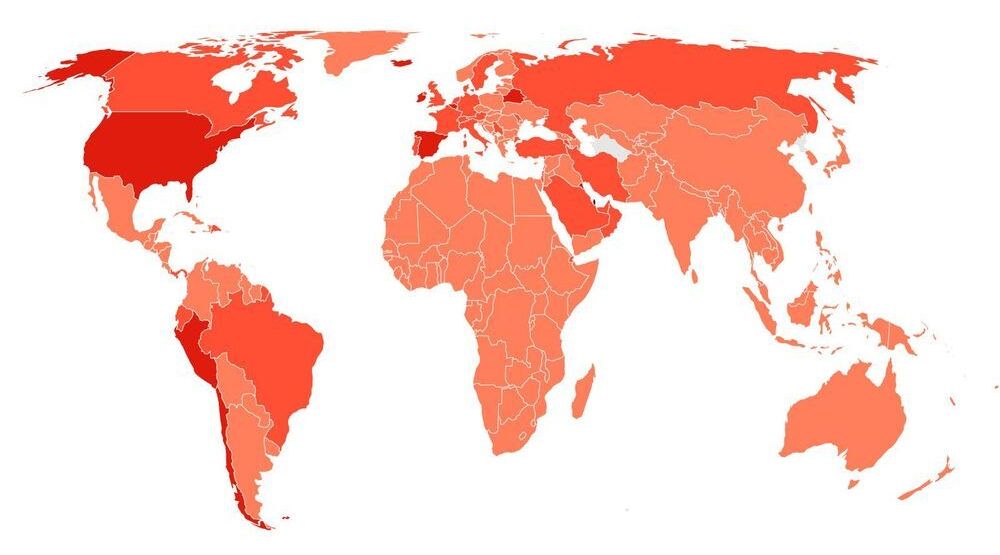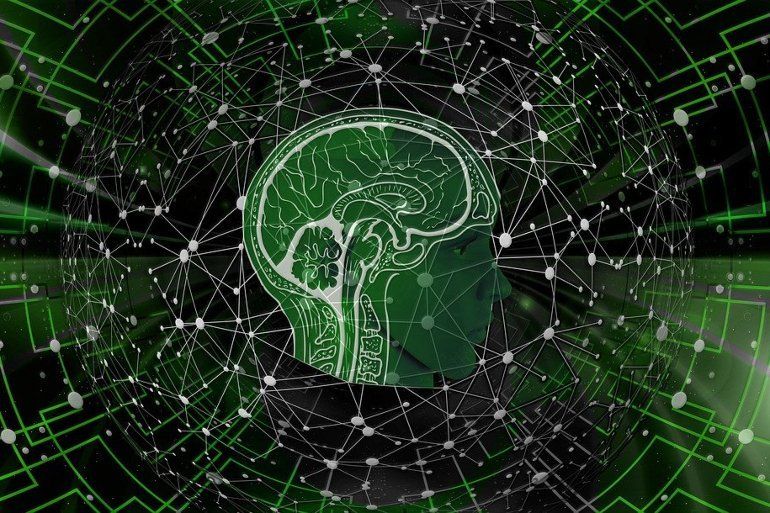MRNA vaccines have to potential to end the COVID19 pandemic. How do they work? Are they safe? And how could they’ve been developed so quickly?
The main idea of mRNA vaccines is to trick our bodies to produce part of a virus. This kickstarts our immune response, without getting us sick. All that’s needed is a part of the virus’s DNA or RNA, packaged into mRNA. Cool!
(mRNA is the technology behind the vaccines from Pfizer/BioNTech, Moderna & CureVac)
💡 Follow-up video.
I answer 10 of your mostly asked questions (and address some misconceptions).
📚 Sources used to make this video:
https://savjee.be/videos/simply-explained/mrna-vaccines/
☝️ This page also contains answers for frequently asked questions.
📢 Help translate this video into other languages:








